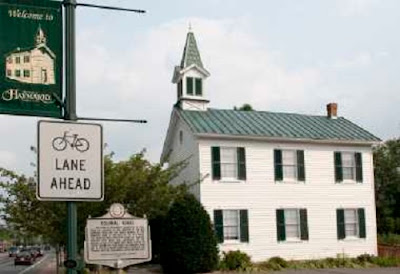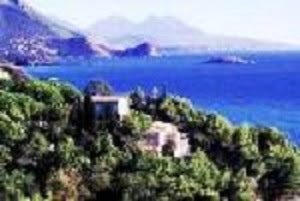Monteriggioni stands on a
hilltop surrounded by olive trees and vines. Its castle dates-back to the early
13th century; it was built by the Republic of Siena as a defensive
outpost against Florence. The Medieval Town maintains its original
architectural features and is unique among Tuscany’s borghi. The stone outer
wall is 570 meters long and features 14 rectangular towers; they made a great
impression on Dante Alighieri who defined them as giants in hell. Walking on
top of the walls provides a spectacular view of the countryside, the Chianti
region and the Elsa Valley.
The Arms Museum houses
faithful reproductions of medieval and renaissance weapons and armor as well as
siege machines and techniques. Each room is devoted to a specific moment in
Monteriggioni history. Visitors can wear the armor and handle the weapons.
The Church is located on the
main square and is the best-preserved property in the borgo. Also built in the
13th century, it consists of a single interior space with a
rectangular end. Its elegant façade displays a doorway with a stone arch topped
by a round window while the renovated interior has plastered walls and domed
vaults; the bell dates to 1299. The church is also home to a 17th
century painting of the Madonna and Rosary which the town celebrates every year
in October.
Porta Franca is the main entrance
to the borgo; it stands below a tower with a pointed arch and facing towards
Rome. In the past it likely had a drawbridge over a moat. To the left of the
arch is an inscription commemorating the founding of Monteriggioni in the
1220s, while a plaque on the right celebrates the new Italian state in 1860.
Porta di Ponente is the
gateway facing Florence. Some battlements incorporated in the walling above
indicate that the defensive wall was probably lower. Similar battlements in the
facing of the walls on the east side. To the right of the entrance, which used
to have an outer protective wall, a plaque quotes lines from Dante that mention
Monteriggioni.
In Medieval Times, on the
southwest side of the outer walls, there was a third gateway, later walled in;
the upper part is still visible from the outer road. In the 16th
century, the base of the outer walls was reinforced with an earth rampart in
response to the introduction of new and more powerful firearms.
A Medieval
Travel Experience in Tuscany






























